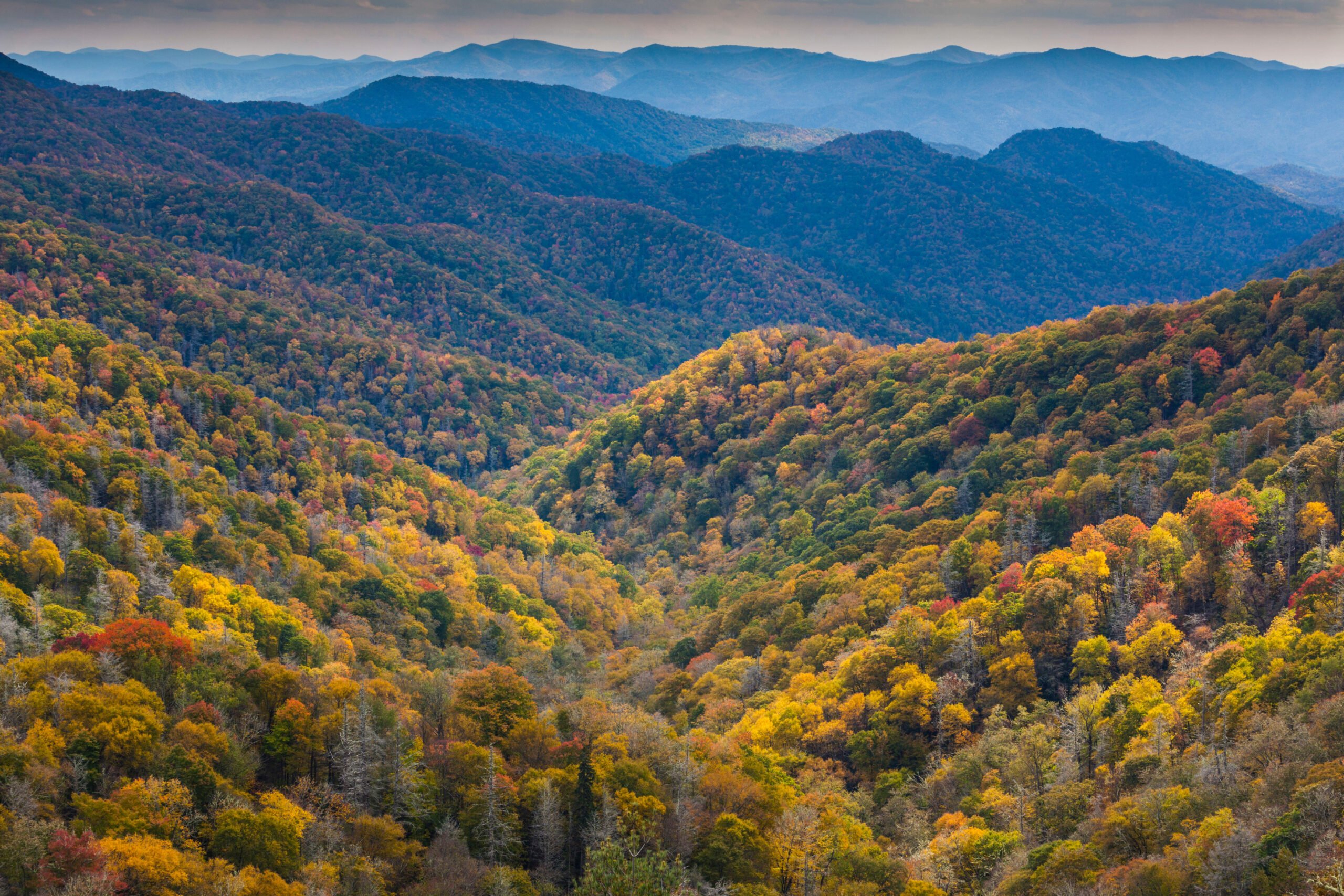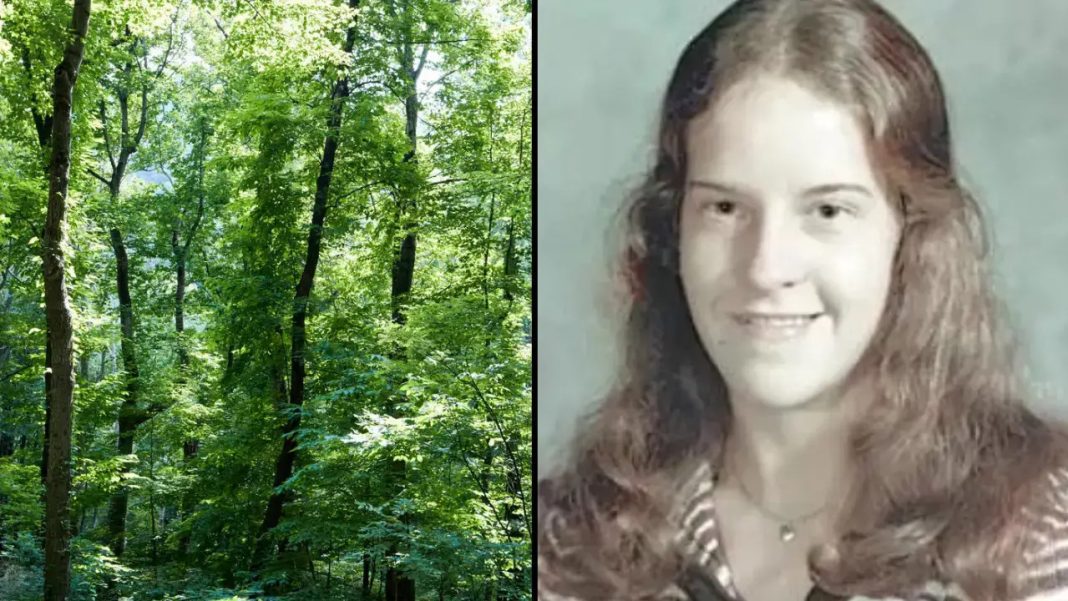The Haunting Legends of ‘Feral Cannibals’ in America’s National Parks
The concept of feral cannibals residing in the dense wilderness of U.S. national parks has captured public imagination for decades. This fear has only grown, especially in light of numerous mysterious disappearances that have occurred over the years. Some claim that these wild individuals live entirely off the grid, removed from modern society, while others speculate that their existence is a mere myth fueled by fear and folklore. The discourse surrounding these so-called feral cannibals has surged on social media platforms, where theories and stories circulate rapidly, creating an unsettling yet fascinating narrative.

Historical Accounts of Wild Inhabitants
The notion of wild men or feral beings is far from new. Historical reports, such as those recounted by YouTuber Donnie Laws, trace the first sightings of a wild man in the United States back to 1877 in Western North Carolina. Miners working in the area claimed to have encountered a creature that led them to a cave filled with bones—animal bones, to be precise, though the presence of human remains was never confirmed. Less than two decades later, another wild man was reportedly discovered in the same region, only to end up in an insane asylum, further adding to the air of mystery surrounding these sightings. This pattern suggests that such encounters not only drew attention but also instilled a deep-seated fear of the unknown in the hearts of local populations.
Modern Disappearances: An Alarming Trend
One of the most chilling aspects of the feral cannibal narrative is the series of unexplained disappearances in national parks. The case of Dennis Martin, a six-year-old boy who vanished in the Great Smoky Mountains National Park during a family camping trip in 1969, remains one of the most haunting. Despite extensive search and rescue operations, no trace of Dennis was ever found, leaving his family and the local community in a state of perpetual grief and mystery. Similar stories abound: 16-year-old Trenny Gibson disappeared while on a school field trip in 1976, and 58-year-old Thelma Pauline ‘Polly’ Melton went missing during a hike with friends in 1985. Each case adds to the growing list of individuals who have mysteriously vanished, fueling speculation about what might be lurking in the woods.
Eyewitness Accounts Fueling the Fire
In recent years, there has been a notable increase in reported sightings of strange figures within national parks, further entrenching the legends of feral cannibals in modern culture. Brian Jeffrey, the host of the Black Mass Paranormal podcast, claims there have been numerous accounts of individuals encountering “hairy, naked men” while hiking. In one particularly disturbing incident, a couple described a man covered in hair from the waist down, with a face smeared in blood, lurking just out of sight. Such vivid descriptions and the unsettling nature of these encounters serve to ignite the theory that feral cannibals may indeed call these national parks home. However, given the subjective nature of eyewitness accounts, skepticism remains prevalent among experts.
Recent Disappearances and Chilling Messages
More recent cases of disappearances continue to raise eyebrows and fuel theories surrounding feral cannibals. In 2011, Christopher Cessna, aged 45, mysteriously vanished while hiking alone in the Great Smoky Mountains. The following year, another hiker, Derek Lueking, left a haunting note on his car dashboard that read: “Don’t look for me,” adding an unsettling layer of intrigue to his disappearance. These occurrences not only prompt immediate concern for the individuals involved but also lead many to question the safety of these seemingly serene landscapes. The frequency and peculiar nature of these events have left many to wonder if there is indeed something more sinister lurking in the shadows of the wilderness.
The Role of Fear in Fostering Such Legends
Despite the rise in urban legends surrounding feral cannibals, experts and park authorities often remind the public that there is little to no credible evidence supporting such claims. According to Ferber Resort, “there is no evidence, reports, or even official documentation and digital capture of feral people in the National Parks.” These assertions highlight that many fears may be rooted more in superstition than in reality. Regardless of the absence of proof, the fear of feral cannibals has become an integral part of the narrative surrounding national parks, leading to heightened caution among visitors. Such caution can manifest in various ways, from avoiding certain trails to carrying bear spray—a precaution that seems trivial against the backdrop of supernatural fears.
Safety Precautions for Nature Enthusiasts
Local residents who live near these national parks often express deep concern for the safety of their children and loved ones. Many parents advise against allowing children to wander off alone into the woods, emphasizing the importance of vigilance. As one local remarked, “You do not let your children run off into the dark woods by themselves. That is a complete no-no.” This sentiment resonates with many families who frequent these areas, as the potential dangers—whether they arise from wildlife or the threats of unexplained disappearances—cannot be ignored. Visitors are encouraged to stay on marked trails, travel in groups, and communicate plans with others before embarking on hikes, removing any semblance of isolation that could heighten vulnerability.
Theories and Speculations
Numerous theories abound regarding the origins of these feral cannibal tales. Some believe they stem from genuine encounters with isolated individuals living off the land, perhaps exiled from society for various reasons. Others argue that these stories are mere fabrications created to explain the unexplainable, a way for communities to rationalize the unknown. The blend of truth and myth creates a captivating narrative that keeps people intrigued and apprehensive. As long as the national parks continue to be a backdrop for inexplicable events, the legends of feral cannibals are likely to endure, feeding into the cultural tapestry of fear and mystery that these natural landscapes evoke.
In conclusion, while the existence of feral cannibals in national parks remains largely unsubstantiated, the stories and theories continue to thrive in popular culture. Whether rooted in fear or genuine concern, these narratives serve as a reminder of the mysteries that nature holds and the precautions necessary when venturing into the wild. As the legends linger, they remind us that the wilderness is a space of both sublime beauty and hidden peril, urging respect for the untamed and the unknown.

















